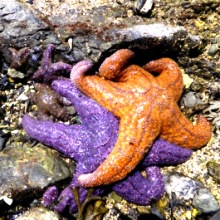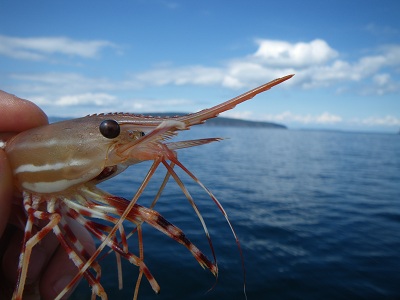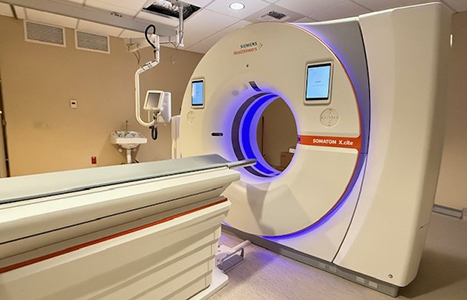— by Eleanor Hoague —
Global carbon dioxide emissions are triggering troubling changes to ocean chemistry along the West Coast that require immediate, decisive actions. These are the conclusions of a 20-member panel of prominent scientists from 12 universities and institutes in a comprehensive report unveiled on April 4, 2016.
The findings, although not entirely new to many people who live in the San Juans, are based on new data, incorporating consideration of a growing stressor, hypoxia. Already, shelled organisms in Washington are having difficulty forming a protective outer shell, and the local shellfish industry is seeing high mortality rates in early life stages. Even small increases in acidity of the local water can dramatically reduce the ability of marine organisms to properly grow shell or skeletal structures. In Washington and Oregon alone, two of the three major West Coast oyster seed hatcheries experienced production declines of up to 80% from 2006 to 2009.
The recommendations made by the Panel are general in nature, but the actions proposed by the Panel are not. Members of the Washington Marine Resources Advisory Council, for instance, plan to go to the state legislature in 2017 for more funding for research, monitoring, modeling and outreach. The Washington Ocean Acidification Center is providing funds from the state legislature to shellfish growers to continue monitoring at five key sites in Puget Sound and Willapa Bay. The water-quality monitoring alerts growers to periods where conditions are not conducive for hatchery production so that they can maximize production and avoid losses due to ocean acidification.The center is also partnering with NOAA Fisheries to perform experimental studies on Dungeness crab, and is collaborating with Washington Sea Grant to fund innovative, new experimental studies on the state’s salmon and sablefish.
I encourage San Juan residents to look at the report, paying particular interest to the actions proposed therein: https://westcoastoah.org/executivesummary/
**If you are reading theOrcasonian for free, thank your fellow islanders. If you would like to support theOrcasonian CLICK HERE to set your modestly-priced, voluntary subscription. Otherwise, no worries; we’re happy to share with you.**










This is the flip side of global warming. All the CO2 going into the atmosphere ends up somewhere, and about a third of it goes into the oceans, raising the acidity and lowering the pH.
Such a good report, Ellie!
Sven Huseby, known to me as the director of the high school I attended, put out a documentary, “A Sea Change” in 2009. Definitely a keeper. Does our library have the film?
“A life-long sportsman and retired educator, Sven Huseby considers himself a well-informed environmentalist. But he is caught by surprise when he reads about the effect of excess carbon dioxide on the ocean in Elizabeth Kolbert’s New Yorker article, “The Darkening Sea.” Sven embarks on a mission to learn more, wrestling with the possibility that his five-year-old grandson Elias will inherit an ocean bereft of the fish which have meant so much to their family. Sven uncovers research on the world’s acidifying seas and its dramatic implications for our culture and economy. Written by Niiijii Films”